How to reduce blue light
Although you might not know it, there are actually numerous forms of light and each form comes with a different range of effects. Light is light, right?! Well, it’s a bit more complicated than that. All aboard the Arlo Wolf science class! Pencils at the ready, eyes front and centre.
Blue light technology and the spectrum of light
To explain what blue light is and how it affects us, we first need to understand light itself. The visible light that is emitted by the sun comprises a range of light rays that all contain varying amounts of energy. They vary in colour, too.
Primarily, sunlight contains the following rays: green, yellow, orange, red, and blue. However, sunlight also contains incredibly subtle variations of each of these colours, forming a collection of highly fine, highly granular shades. If all that weren’t enough, each hue has a varying energy and wavelength. If you combine all of these colours and their energies, you get ‘white light’, otherwise known as sunlight!
As we said, each colour is made of wavelengths. Strangely, longer wavelengths contain less energy and shorter wavelengths contain more energy. It’s as if the scientists wanted to make it hard for us! Anyway, rays on the red end of the spectrum have longer wavelengths (which equal less energy). Rays on the blue end have shorter wavelengths (which means they have more energy).
So, blue light has more energy. But what does that mean for us?
On the spectrum of visible light, blue rays are grouped into the HEV (high-energy visible) category. This means that blue light creates more difficulties for the human eye than those further up the spectrum.
Like ultraviolet radiation (not on the visible light spectrum), there are benefits and dangers to blue light. Here are some of the dangers.
The problems with blue light
It’s part of the reason why many of us we don’t sleep so well
When we’re outside, we’re exposed to blue light from the sun’s rays – this is completely natural. However, there are also manmade sources of blue light that emit from television screens, fluorescent lighting, computers, and most infamously our smartphones.
Because these sources of blue light emit similar levels of energy as the sun, our brains interpret it in a similar way. This is why we shouldn’t use smartphones before bed: we’re essentially telling our brains that it’s wake-up time despite the fact we’re tucked up in bed.
Our eyes cannot block out blue light
Our eyes (specifically, their ‘anterior structures’) are naturally very good at blocking harmful UV rays from reaching the retina at the back. This is fortunate because the retina is incredibly sensitive to light! Of course, you still need sunglasses that provide UV protection.
However, because the energy of blue light is so high it can penetrate straight through the cornea and into the retina. It’s really powerful!
It causes digital eye strain
You know that feeling where your eyes are just really tired and heavy, regardless of how much sleep you’ve had? That’s digital eye strain. Because blue light is so high in energy, it’s movement is ‘scattering’ and a little chaotic. This creates an unfocused visual ‘noise’ which is harder for us to focus on, making us squint. Kind of cool, but kind of dangerous…
Is there any way that we can reduce blue light exposure?
Still with us? Good, because we’re going to give you a few ways that you can reduce blue light exposure. Here goes!
1. Limit screen time when you’re not working
As we’ve said, prolonged exposure to man-made blue light can cause eye strain and even headaches. At night, avoid screen time where possible (even if it’s a half-hour of reading before you sleep).
2. Download a blue filter app
Most of us are on devices all day, whether in our work or not. Fortunately, there are plenty of blue light apps that regulate the amount of blue light being released from your device (some even automatically control the exposure depending on time of day). Install one of these apps onto your work computer and you’ll start to see a huge difference.
3. Take screen breaks
If you work on a computer all day long, it’s bound to take a toll. Just like you may take a little walk to the watercooler to stretch your legs, do the same but for your eyes. Rest them for a moment!
4. Get a regular eye examination
It’s important that you attend regular eye tests so that you can keep on top of any eye-related issues that could degenerate without you knowing.
5. Digital media lenses are the way forward
If you want constant blue light blocking (say, for example: you work on a computer or device for prolonged periods and you want a longer-term solution) then you must try digital media lenses. For just £25, we can add Digital Media Lenses to any of our glasses frames. They look good, too! You can learn more about our lenses here. You can even try before you buy, and there are plenty of choices for women and men.
But remember, blue light isn’t all bad
Blue light gets a pretty bad rep, but it can be useful.
It’s actually essential for good health: HEV light boosts our alertness as well as our mood. Take, for example, those SAD (Seasonal Affective Disorder) light boxes. In winter when sunlight is scarce and the days are long and dark, a light box mimics sunlight, giving us a healthy dose of vitamin D.
If you would like to learn more about style or you want another science lesson from us (because who wouldn’t?!), keep an eye on our blog. Pun 100% intended.
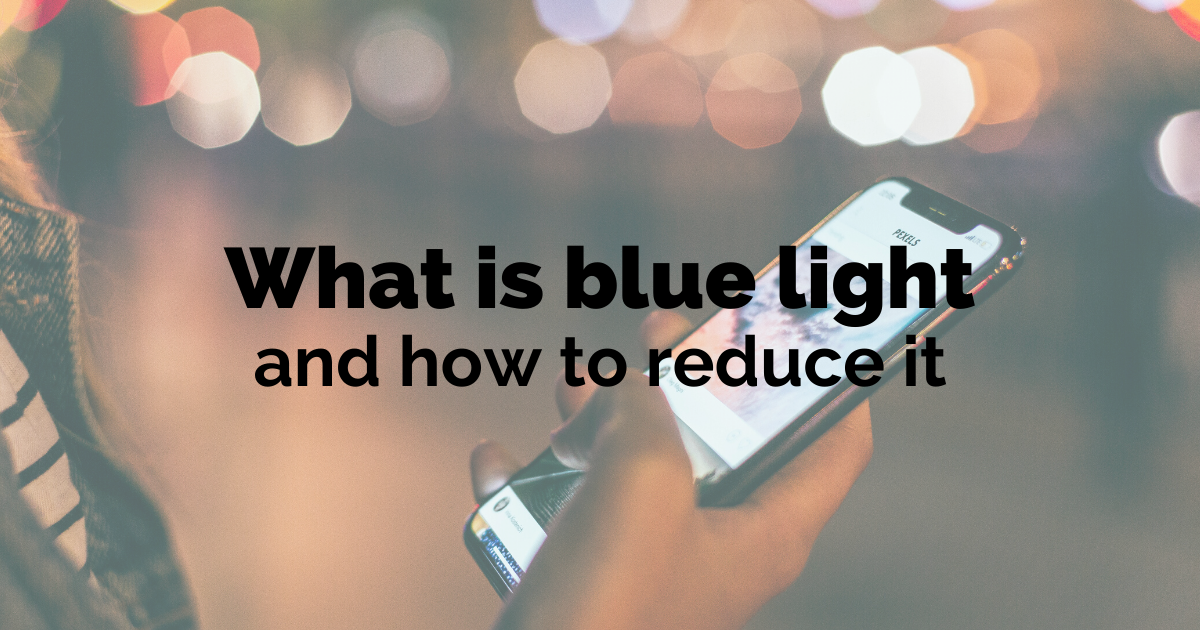
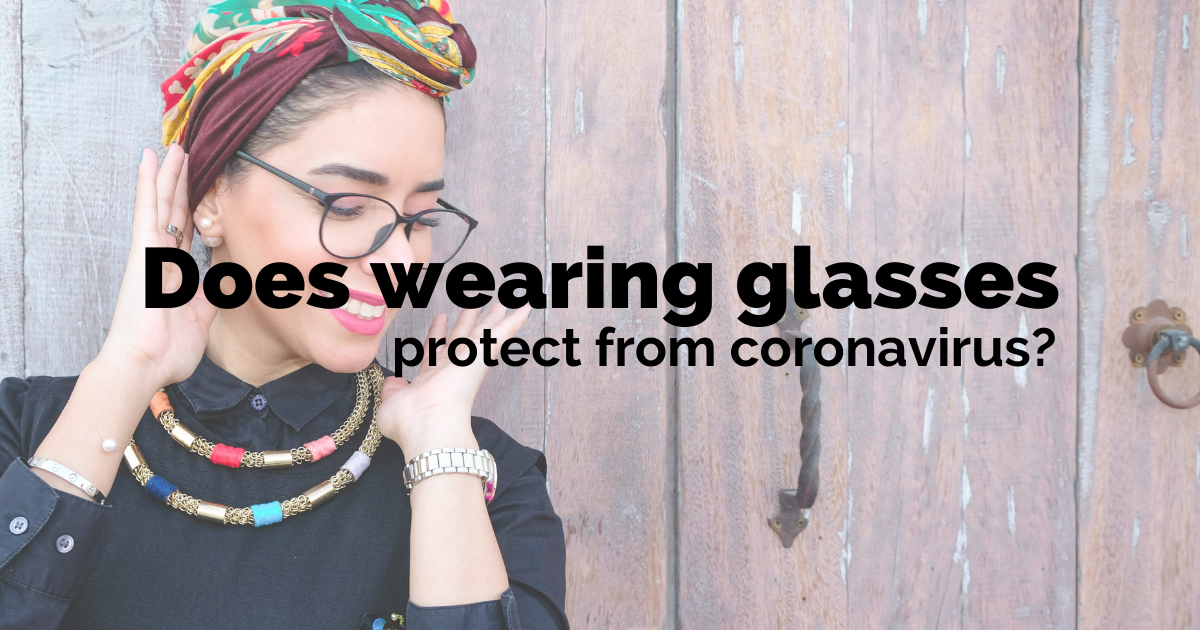 Does wearing glasses protect you from COVID-19?
Does wearing glasses protect you from COVID-19?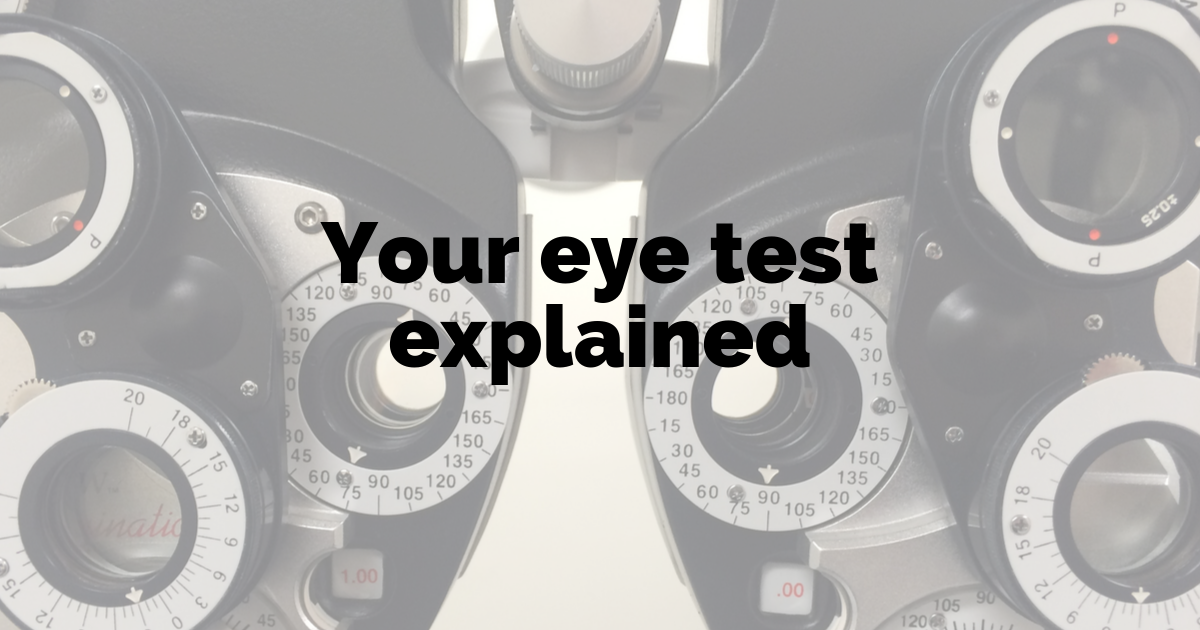 Your eye test explained
Your eye test explained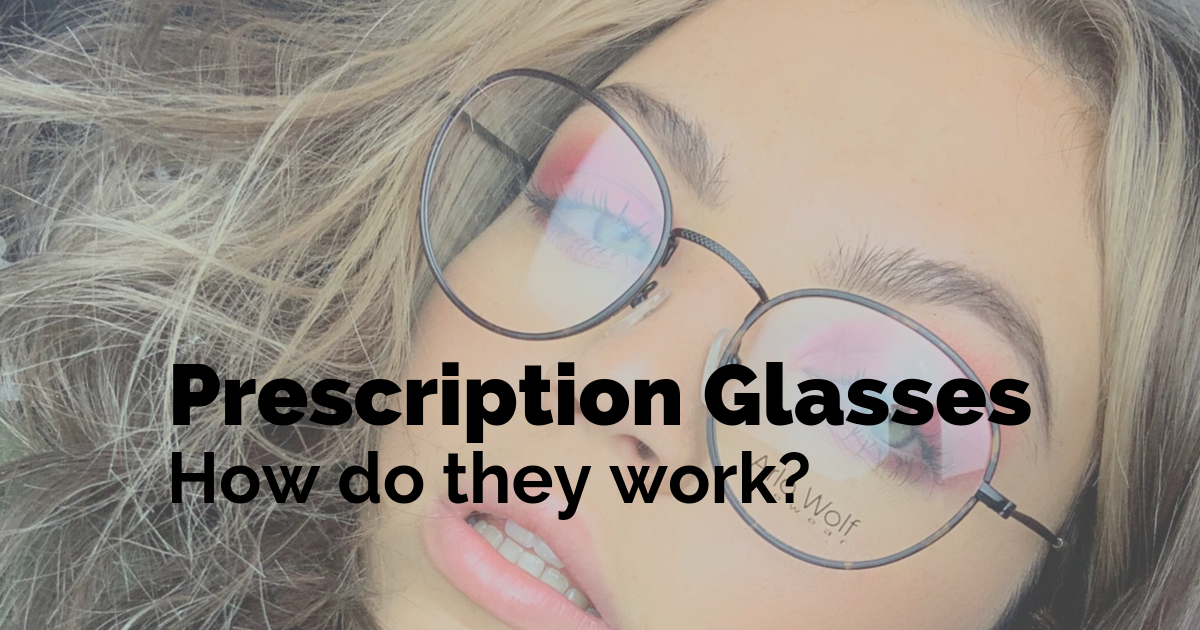 How do prescription glasses work?
How do prescription glasses work?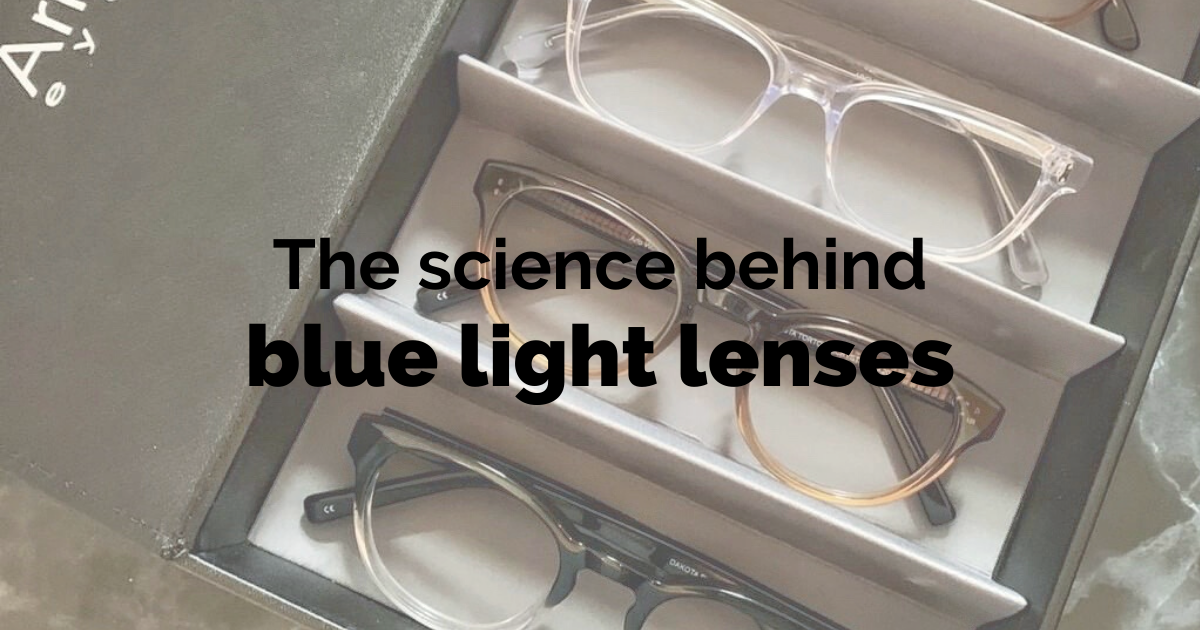 The science behind blue light lenses
The science behind blue light lenses